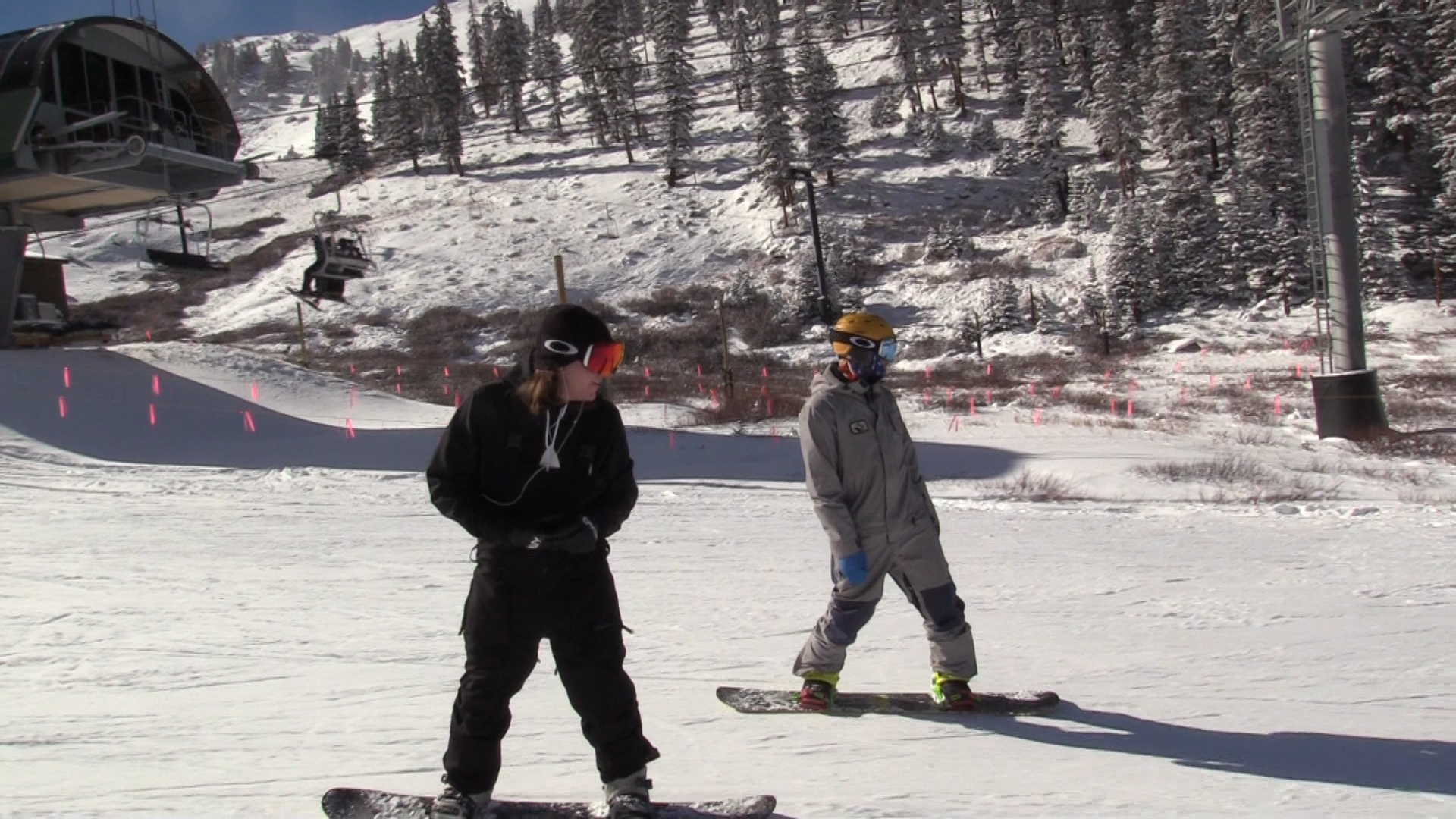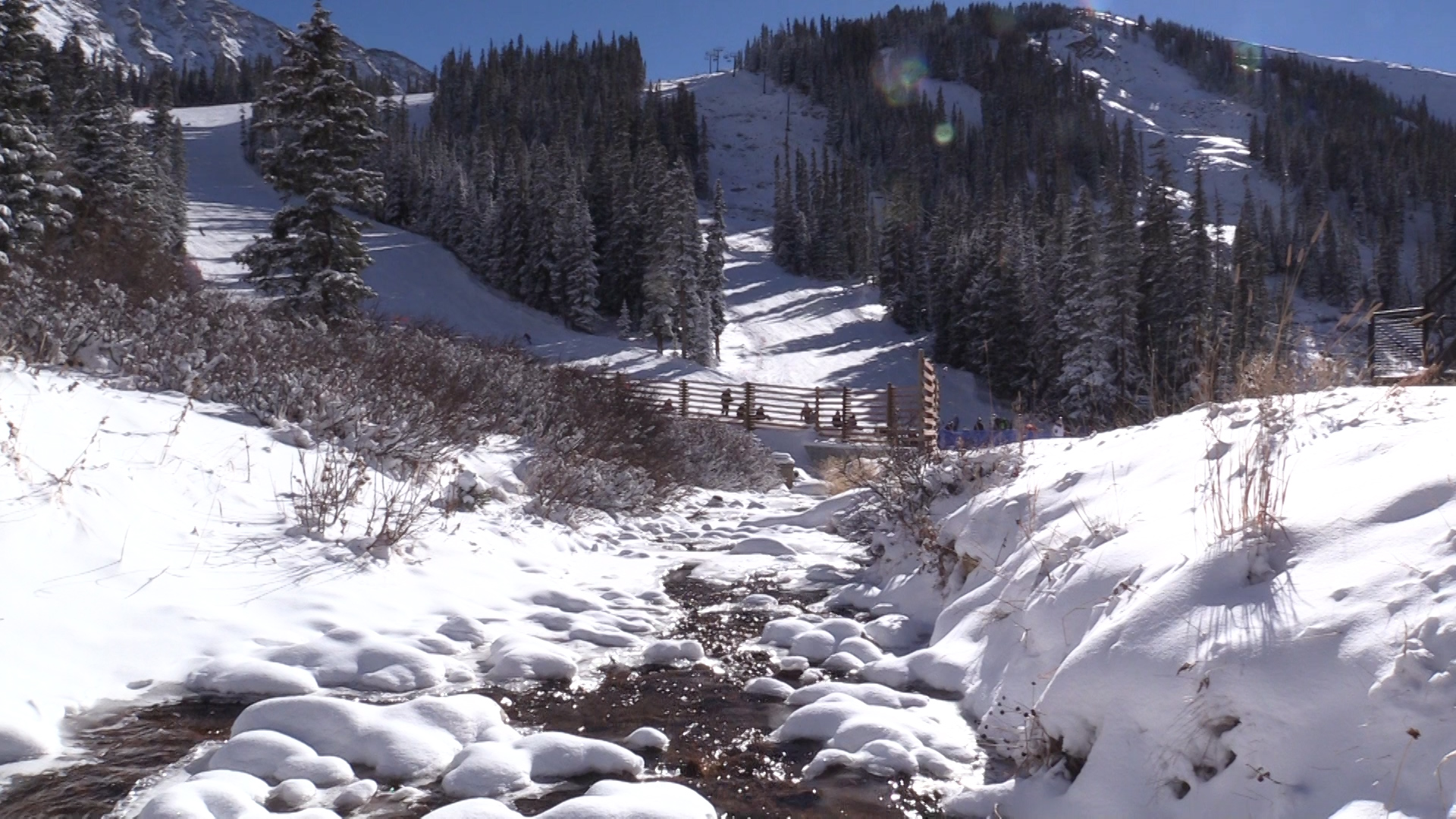
A-Basin opens early thanks to Mother Nature and snow machines
Skiers and snowboarders are off and sliding down the slopes of Arapahoe Basin to kick off the start of the ski season in Colorado.
The ski area opened Oct. 13, thanks to nearly 2 feet of snow this month and cool temperatures that allowed crews to start making snow on Sept. 24.
“Snowmaking is critical to early season skiing,” said Alan Henceroth, chief operating officer at Arapahoe Basin ski area in Summit County. “We can’t make snow without water.”
Enter Denver Water.
Through a water-sharing agreement with Denver Water, A-Basin diverts water from the North Fork of the Snake River and stores it in a small retention pond at the bottom of the ski area. The ski area then pumps the water up the mountain to 20 snowmaking machines.
“When we’re at full capacity, we’re using 1,000 gallons of water per minute,” Henceroth said.
Denver Water has senior water rights in Summit County, but allows A-Basin to borrow 97.4 million gallons of water each ski season to make snow. The ski area returns the water in the spring when the snow melts and flows into the streams and rivers that feed Dillon Reservoir — Denver Water’s largest storage facility.
Breckenridge, Copper Mountain, Frisco Adventure Park, Keystone and Winter Park also have similar agreements with the utility, which shares 1.1 billion gallons of water with the ski areas each year.
“Letting them redirect water from the streams onto the mountain is a way to get multiple uses out of every drop,” said Dave Bennett, water resource manager for Denver Water. “The ski areas get their water to make snow, and we catch it after they use it.”
Denver Water has very senior water rights in Grand and Summit counties dating back to the 1920s and 1940s before their resorts were open or made snow.
A 1985 agreement with Summit County allowed Denver Water to share water for snowmaking in the county.
The 1992 Clinton Reservoir Agreement and the 2013 Colorado River Cooperative Agreement provided the additional framework for ski areas to borrow Denver's water rights to divert water from streams in Grand and Summit counties.
“The agreements show that people on both sides of the divide can work together and manage water so it benefits as many people as possible,” Bennett said.
Because 20 percent of the water is lost to evaporation in the snowmaking process, the ski areas have their own additional water rights stored in Clinton Reservoir that would be used to pay back the lost water, if needed, during a severe drought.
“When it comes to water, we’re all connected,” Henceroth said. “We’ll ski on the snow this winter, and next summer they might be drinking it down in Denver.”


